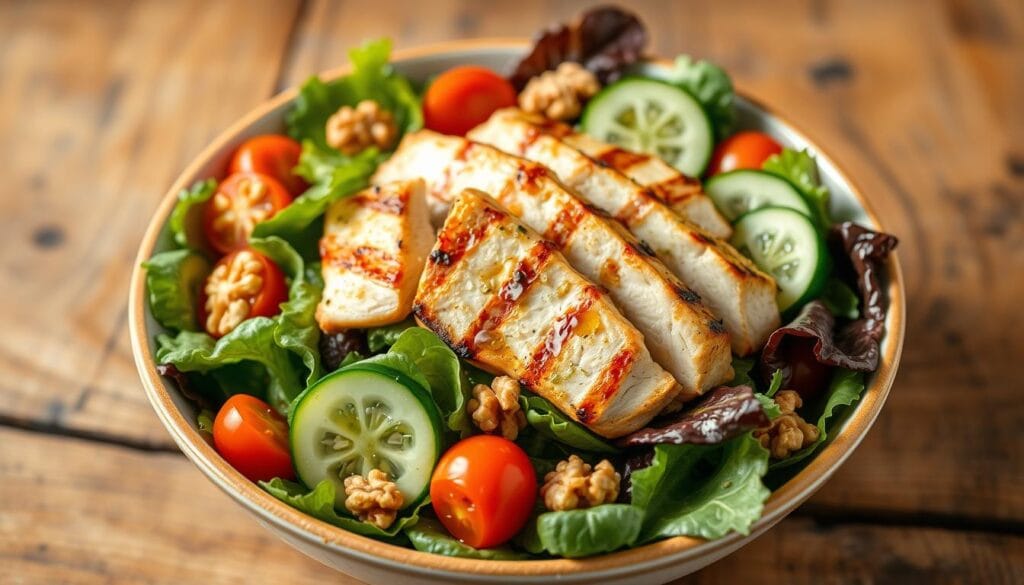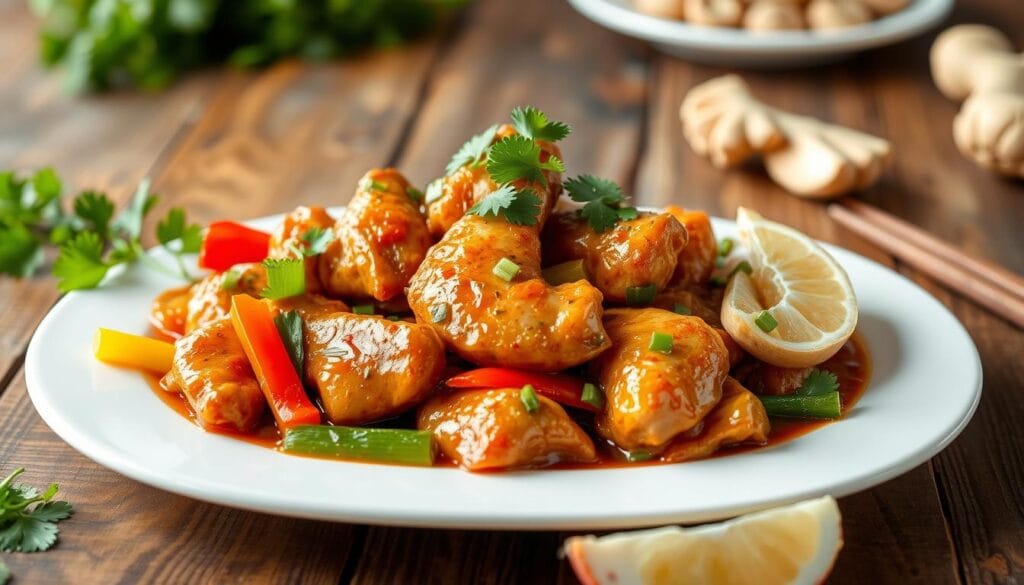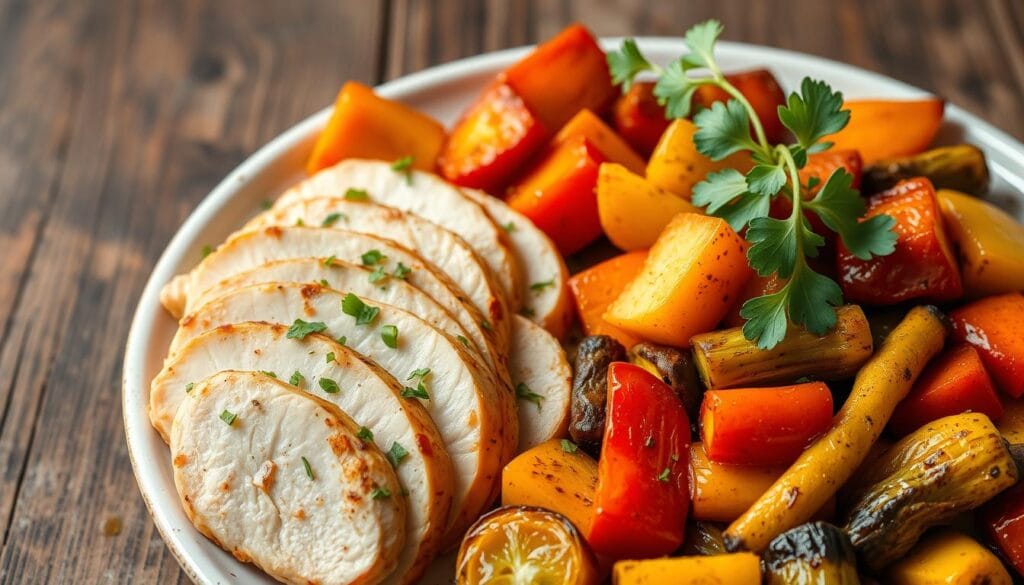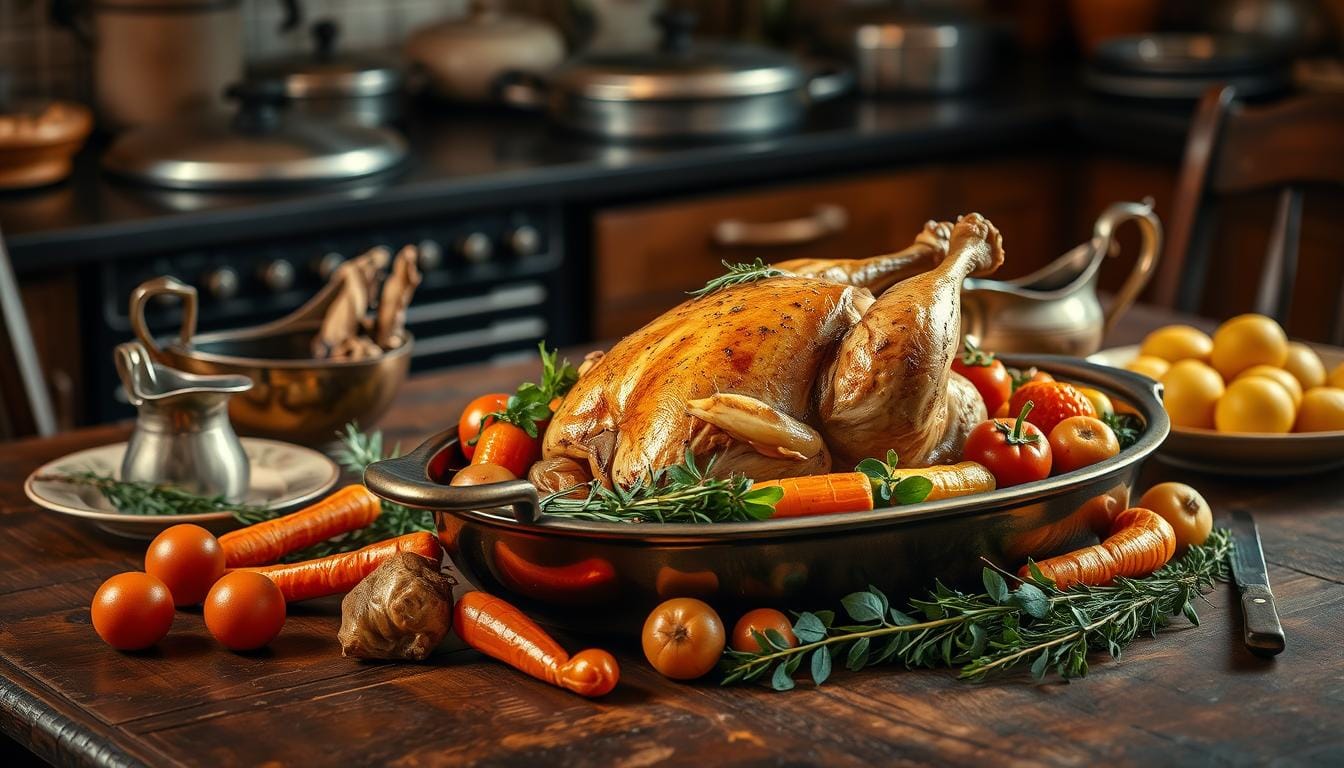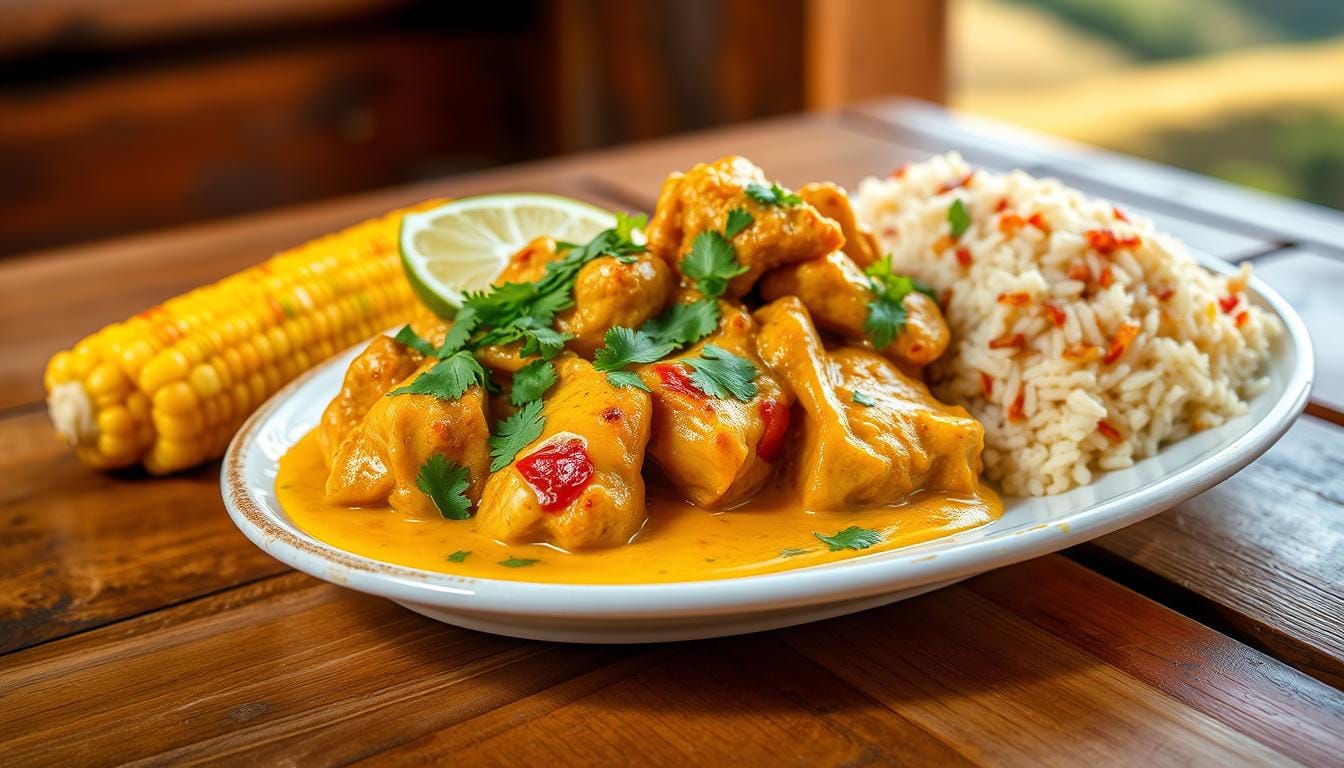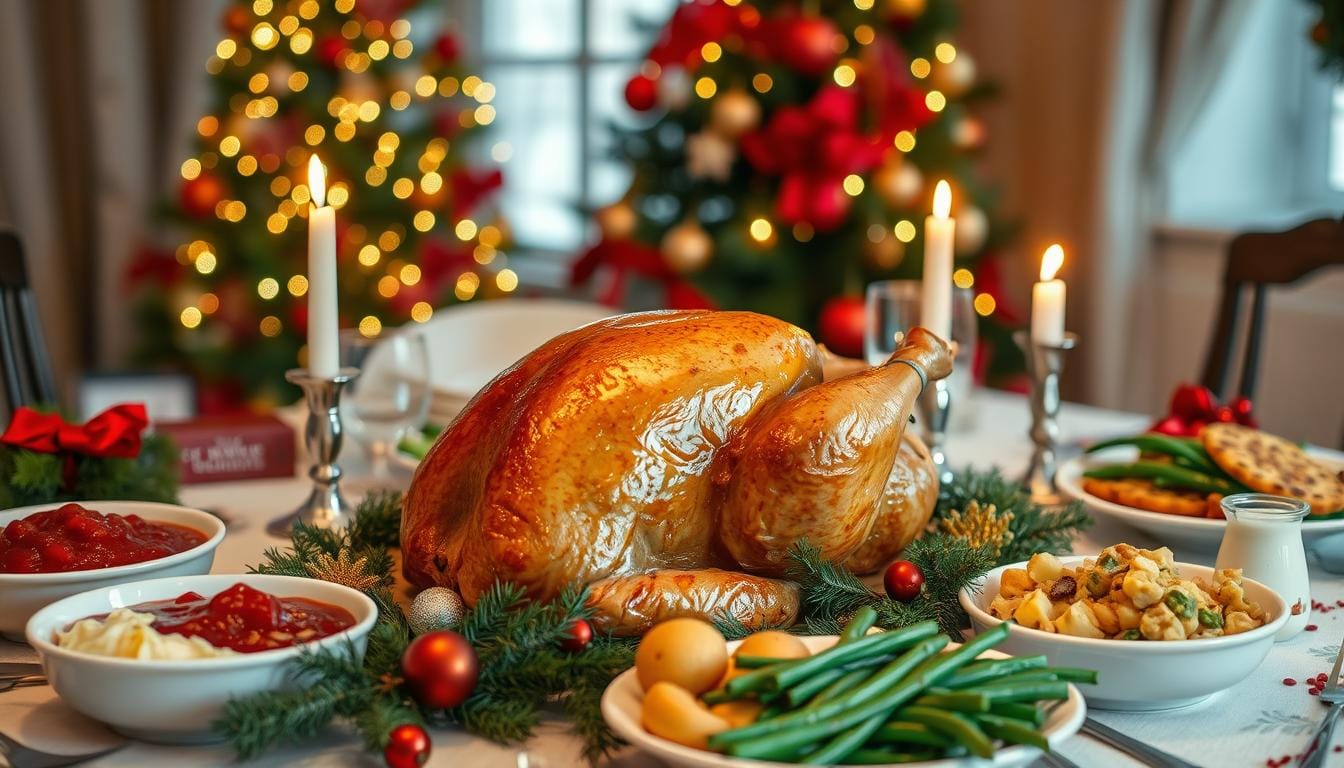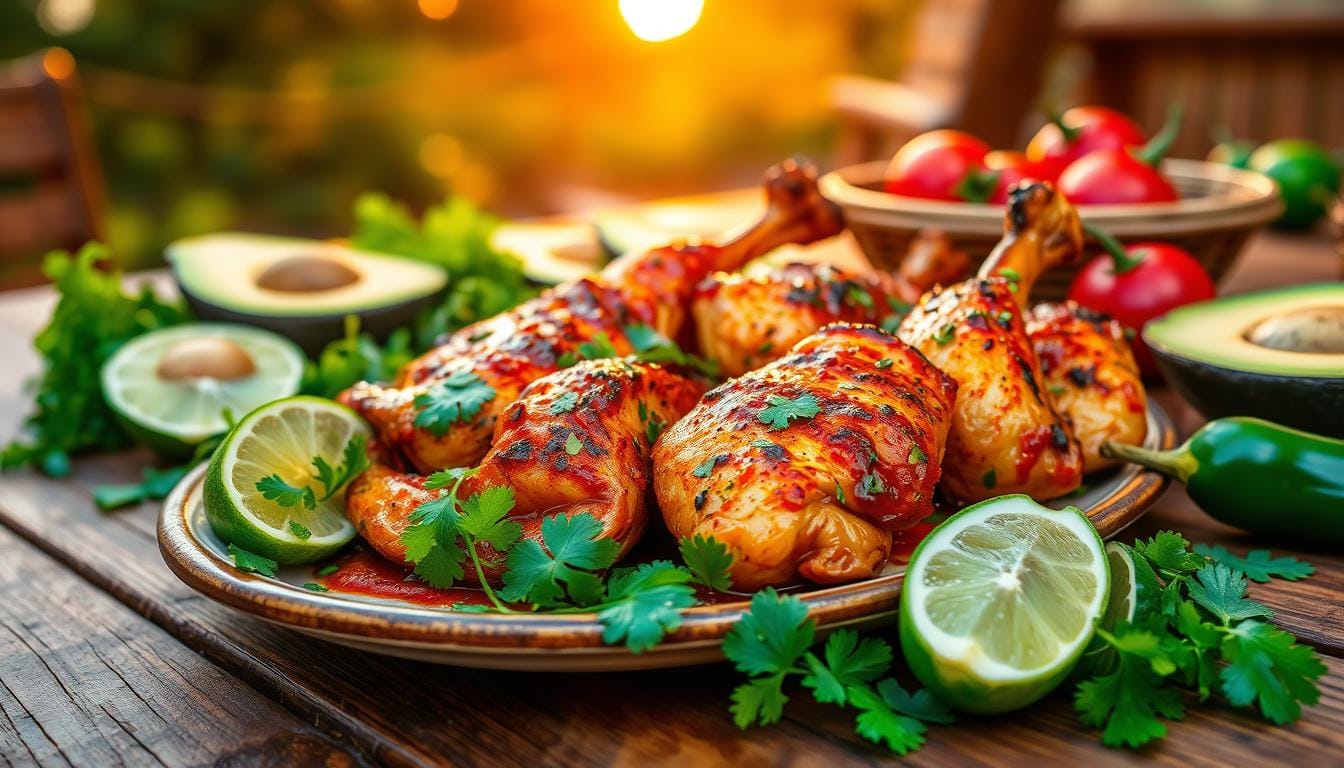Remember that feeling? The one where you’re watching the big game, getting ready for a movie night, or just looking for a simple, satisfying meal, and suddenly… the craving hits.
It’s for something crispy, savory, and utterly delicious. For so long, deep-frying was the only answer, leaving us with a greasy mess and a heavy feeling.
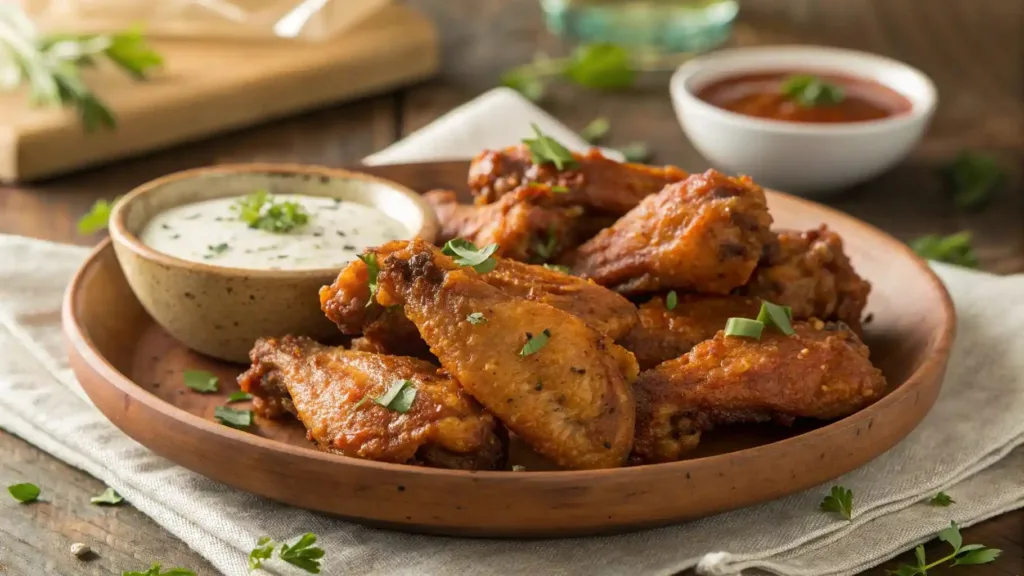
But what if there was a better way? A way to achieve that perfect, crispy skin and juicy interior without all the hassle and guilt?
This guide is your secret weapon, a journey into the world of truly incredible baked chicken wings that will change your weeknight dinners and party platters forever.
The Science of the Perfect Crispy Baked Wing
The pursuit of the perfect crispy baked wing might seem like a simple culinary endeavor, but beneath the surface lies a fascinating world of food science. To truly master this dish, you must first comprehend the principles at play. It’s not magic; it’s a careful dance between heat, moisture, and chemistry.
At the core of a beautifully browned and savory surface is a chemical process known as the Maillard reaction. This reaction is what happens when amino acids and reducing sugars in food react under heat, creating a cascade of hundreds of new flavor compounds.
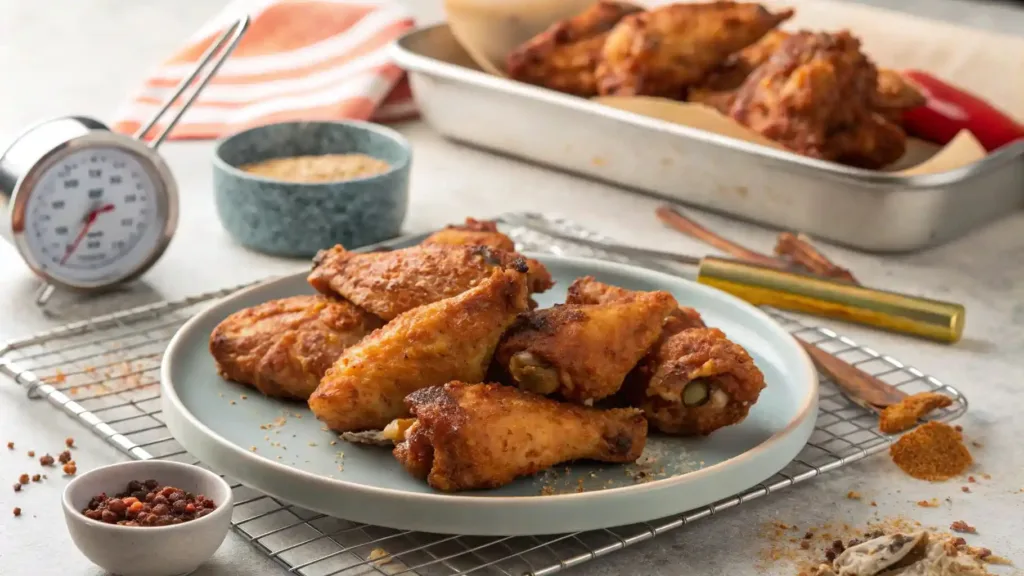
This is why a simple piece of raw chicken transforms into a complex, mouth-watering experience. When you’re baking your wings, this reaction is what gives them that deep golden-brown color and the rich, complex flavors that we associate with a perfectly cooked piece of poultry.
However, the Maillard reaction alone isn’t enough to get that truly crispy, almost shattering skin you’re after. This is where the magic of a simple pantry staple, baking powder, comes into play. By coating your wings in a light dusting of baking powder and salt, you’re not just adding a seasoning; you’re setting up a chemical advantage. The baking powder helps to raise the pH level of the chicken’s surface, which accelerates the Maillard reaction.
Preparing Your Wings for Optimal Crispiness
Before you even think about seasoning or saucing, the foundational steps you take will determine the success of your final dish. These are the non-negotiables for truly crispy baked chicken wings.
- The Power of a Dry Surface: This is arguably the most crucial step. Whether you’ve just thawed your wings or they’ve been sitting in the refrigerator, they will have surface moisture. If you don’t remove this, the moisture will turn into steam in the oven, effectively steaming your wings rather than crisping them. The result is a rubbery skin that refuses to brown. So, take a moment to meticulously pat each and every wing dry with paper towels. You want them to feel completely dry to the touch. This simple action will make a world of difference.
- The Unsung Hero: A Simple But Effective Coating: Once your wings are completely dry, it’s time for the secret weapon. In a large bowl, combine a light amount of baking powder with salt, black pepper, garlic powder, and a dash of paprika for color and flavor. Toss the wings in this mixture until they are evenly coated. Don’t go overboard; a light, even dusting is all you need. As mentioned earlier, the baking powder will work its magic, drawing out moisture and creating that perfect crispy texture.
- The All-Important Airflow: How you arrange your wings on the baking sheet is just as important as what you put on them. Using a wire rack placed inside a baking sheet is highly recommended. This elevates the wings, allowing hot air to circulate all around them—both top and bottom. If you don’t have a rack, you can use a parchment-lined baking sheet, but be sure to space the wings out generously. Overcrowding the pan will trap steam and prevent crisping. Each wing should have its own little bubble of space to breathe.
Mastering the Art of Seasoning and Saucing Baked Wings
Once your wings are perfectly prepped for baking, the fun truly begins. This is where you get to unleash your creativity and tailor the flavor profile to your personal preferences. The possibilities are endless, but a few core principles will guide your culinary journey.
A common question is: “When should I sauce my baked wings?” The answer is simple: after they are fully cooked and crispy. If you apply a sauce, especially a wet one like BBQ or Buffalo, before baking, the moisture will prevent the skin from crisping up. The sugars in many sauces can also burn at high temperatures, leaving you with a bitter, charred result. The correct method is to bake the wings until they are golden-brown and crispy, and then, right as they come out of the oven, toss them in your chosen sauce. The residual heat will warm the sauce and allow it to adhere beautifully to the crispy surface.
Flavor Profiles for Every Palate
Let’s explore some of the most popular and delicious ways to season and sauce your baked chicken wings.
- Classic Buffalo: This is the quintessential wing flavor, and for good reason. The combination of heat and tang is simply irresistible. To make a simple Buffalo sauce, melt a stick of butter and whisk in your favorite hot sauce (Frank’s RedHot is a classic for a reason). Add a splash of vinegar and a pinch of cayenne pepper for an extra kick. The melted butter provides a rich, smooth texture that perfectly coats the crispy wings.
- Sweet & Sticky BBQ: For those who prefer a more savory and sweet experience, a good BBQ sauce is the answer. Use a high-quality store-bought sauce or make your own. To make it truly special, toss the wings in the sauce after baking and then place them under the broiler for a few minutes. This caramelizes the sugars in the sauce, giving them a sticky, glossy finish that is deeply satisfying.
- Asian-Inspired Ginger-Soy: This flavor profile is a delightful departure from the norm. A great sauce can be made by combining soy sauce, fresh grated ginger, minced garlic, sesame oil, and a touch of honey or brown sugar. Once your wings are baked, toss them in this sauce and then garnish with toasted sesame seeds and thinly sliced green onions. The fresh ginger and garlic provide a pungent contrast to the savory soy and sweet honey.
- Lemon Pepper: Sometimes, the simplest flavors are the best. For those who prefer a dry rub and a bright, zesty taste, lemon pepper is the way to go. You can find pre-made lemon pepper seasoning in any spice aisle. Simply toss your prepped wings in this dry rub before baking. For a final flourish, a spritz of fresh lemon juice right before serving will awaken all the flavors. These wings are perfect for those who want to avoid the mess of a wet sauce but still crave a punch of flavor.
Step-by-Step: Your Go-To Baked Chicken Wings Recipe
Now that you understand the science and the flavors, let’s put it all together into a foolproof recipe. Follow these steps, and you will be rewarded with a batch of some of the best baked chicken wings you’ve ever had.
- Prep the Wings: Pat your wings dry with paper towels. In a large bowl, combine 1 tablespoon of baking powder, 1 teaspoon of salt, 1/2 teaspoon of black pepper, and 1/2 teaspoon of garlic powder. Add the wings and toss until each one is lightly and evenly coated.
- Arrange for Baking: Place a wire rack on a large rimmed baking sheet. Arrange the wings on the rack in a single layer, ensuring none of them are touching. This is crucial for achieving that all-around crispiness.
- Bake at High Heat: Preheat your oven to 425°F (220°C). Place the baking sheet on the middle rack. Bake for 25-30 minutes.
- Flip and Continue: After the initial baking period, carefully flip each wing. This ensures that both sides get a chance to crisp up evenly. Return the pan to the oven and continue baking for another 20-25 minutes, or until the skin is deeply golden and crispy, and a meat thermometer inserted into the thickest part of a wing registers at least 165°F (74°C).
- Sauce and Serve: Once the wings are cooked to perfection, transfer them to a clean bowl. Pour your desired sauce over them and toss gently until they are fully coated. Serve immediately with your favorite dipping sauces and sides.
The Perfect Pairings: What to Serve with Baked Wings
A great plate of wings is only made better by what you serve alongside them. These pairings are designed to complement the rich, savory flavor of your baked chicken wings and create a complete, satisfying meal.
- Dipping Sauces:
- Classic Blue Cheese or Ranch: These creamy, cool sauces are the perfect contrast to the spicy, hot wings.
- Cooling Cucumber-Yogurt Dip: A light and refreshing dip that’s great for cutting through the richness of the wings.
- Spicy Sriracha Mayo: For those who want to turn up the heat, this is a simple yet effective option.
- Side Dishes:
- Crisp Celery and Carrot Sticks: A classic for a reason. Their cool, watery crunch is a welcome relief between bites.
- Creamy Macaroni and Cheese: The ultimate comfort food pairing. The rich, cheesy sauce and soft noodles are a perfect foil to the crispy wings.
- Fresh Coleslaw: A tangy, crunchy coleslaw is a refreshing side that can help balance out the richness.
- Sweet Potato Fries: The sweet and savory combination is a winner, and the added fiber makes them a healthier alternative to regular fries.
FAQs About Baked Chicken Wings
- Why are my baked chicken wings not crispy?This is the most common issue people face. The main culprits are not patting the wings dry before seasoning, not using baking powder, or overcrowding your baking sheet. Remember, moisture is the enemy of crispiness.
- What is the best temperature to bake chicken wings at?A high temperature is crucial. Aim for anywhere between 400°F and 425°F (200-220°C). This intense heat ensures that the surface moisture evaporates quickly, allowing the skin to crisp up rather than steam.
- Can you bake chicken wings from frozen?While it’s technically possible, it’s not recommended for achieving the best results. Frozen wings will release a lot of moisture as they thaw in the oven, preventing the skin from getting crispy. For the best outcome, always thaw your wings completely and pat them dry.
Conclusion: The Final Verdict on Baked Chicken Wings
From a simple craving to a culinary triumph, baked chicken wings are more than just a dish; they’re a revelation. They prove that you don’t need a deep fryer to achieve that satisfying crunch and flavor. By understanding a few key principles—the right preparation, the perfect seasoning, and a little bit of patience—you can transform a simple ingredient into a show-stopping meal that’s healthier, cleaner, and just as delicious.
Now that you’re armed with the knowledge and a foolproof recipe, there’s nothing stopping you from creating your own perfect batch of baked chicken wings. Go ahead, preheat that oven, and get ready to enjoy the best wings of your life. Your taste buds—and your kitchen—will thank you.
